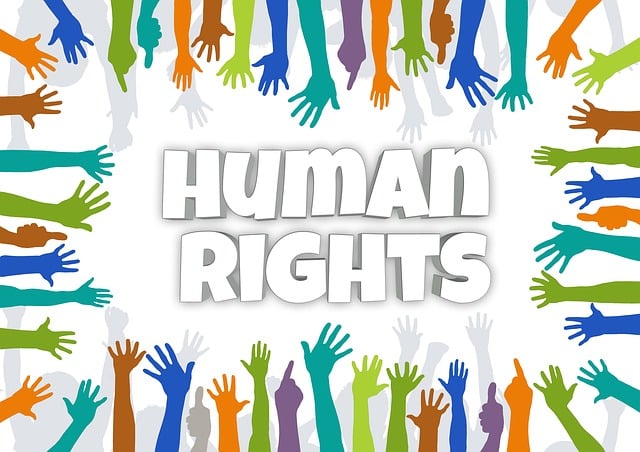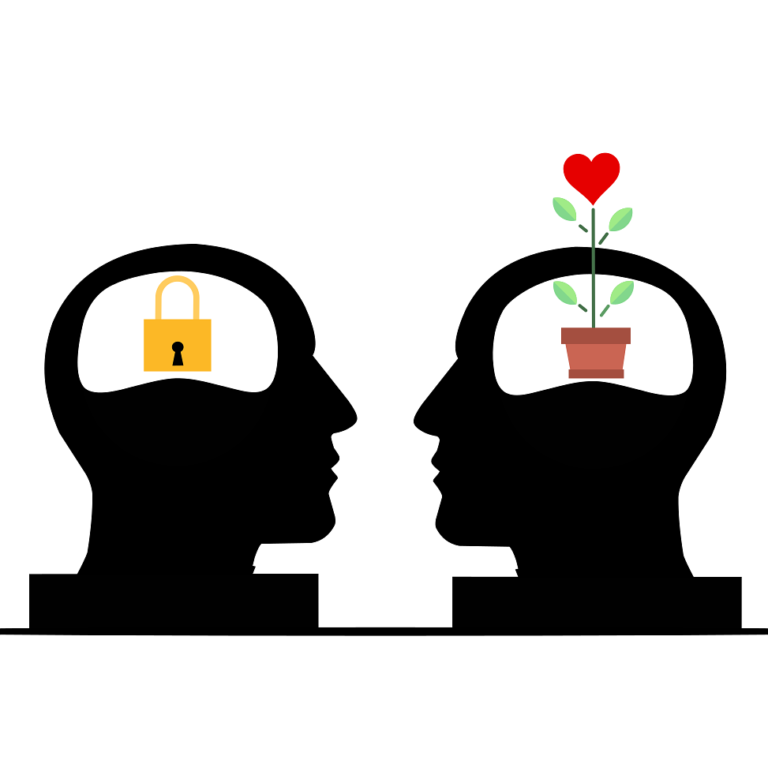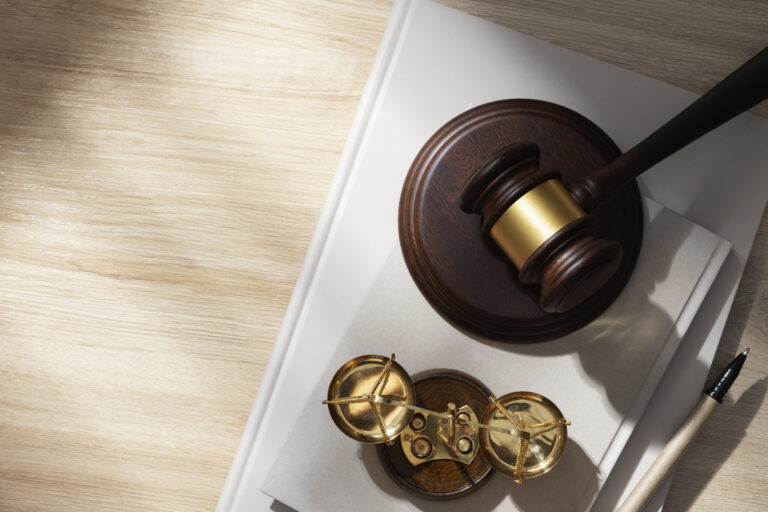Inter-link of Human Rights and Political Structures
Have you ever been on a trek? If so, you’ll understand how essential it is to have firm trekking poles and a sturdy path to ensure a smoother climb. These aren’t just for guidance—they’re a means to help trekkers overcome challenges, maintain balance, and progress without crumbling under the strain of the journey.
Similarly, in a society where individuals constantly strive to surpass one another, human beings need fundamental rights as their “trekking poles.” These rights act as safeguards, enabling smoother navigation through life’s complexities and ensuring that individuals can thrive without being left behind.
The essence of rights lies in their ability to empower and uplift individuals in a community. As Harold Laski aptly put it, “Rights are those conditions of social life without which no man can seek, in general, to be himself at his best.”
In other words, rights provide the necessary environment for individuals to grow, excel, and express their true selves. Similarly, T.H. Green emphasized that “Rights are powers necessary for the fulfillment of man’s vocation as a moral being.”
These powers, or rights, are not just privileges but moral necessities that shape our potential and
help us contribute meaningfully to society.
Just like a trek becomes less daunting with the right paths and tools, a society flourishes when its people are equipped with rights that ensure fairness, dignity, and opportunity for all.
Let us roll through the categories of rights.
1. Natural Rights– Many scholars advocate for natural rights, believing that individuals inherit fundamental rights from nature, such as life, liberty, and property. These rights, rooted in human nature and reason, existed before societies and states were formed. Classical philosophy viewed “natural right” as the objective correctness of virtues, actions, or governance, emphasizing that qualities like courage, justice, and wisdom are essential for a good life
Aristotle argued that a life devoid of virtue cannot lead to true happiness, as virtues inherently
contribute to well-being. While modern natural rights evolved from ancient natural law doctrines,
some scholars argue that rights are societal constructs, shaped and protected by the state. Like
natural resources, natural rights are universal and unrestricted, fostering development without bias toward any segment of society.
2. Legal Rights– Legal rights are those granted and safeguarded by law to ensure justice and equality for all. For instance, every individual in our country is entitled to the rights of life and property, and any attempt to violate these through force is subject to legal action. Today, legal frameworks also extend robust protections to women, granting them the right to inherit property and, in certain situations, the right to divorce.
Similarly, children are safeguarded through laws ensuring education, protection from exploitation, and welfare. The elderly are entitled to care, maintenance, and security under the law. Furthermore, transgender individuals are now recognized and protected, with rights ensuring dignity, equal opportunities, and non-discrimination.
We can frame this in an equation: Rights = Recognition.
This implies that the causal impact of rights is to help the unrepresented become represented, the unheard become heard, the unredressed become redressed, and the undignified become dignified. Without dignity, an individual lacks the confidence to sustain themselves in society.
Legal rights thus play a pivotal role in upholding the dignity and well-being of marginalized and
vulnerable groups within society.
3. Moral Rights– Ethics encompasses a broader framework, while morality is more subjective and varies from person to person. For instance, some may find consuming alcohol morally acceptable, while others may not. These moral rights stem from an individual’s ethical beliefs and are not enforced by legal authorities.
Consider these examples:
a. Support for Parents: Parents hold the moral right to receive care and assistance from their
children in old age.
b. Citizens’ Duty to Cleanliness: Every citizen has the moral responsibility to contribute to the
c. cleanliness and upkeep of their city, ensuring a healthier and more sustainable environment for all.
d. Such moral obligations reflect the ethical sentiments of society and highlight the human essence of
e. mutual care and collective responsibility that creates the back for each other while at the same time
f. respecting differences.
g. Civil, political, and socio-economic rights are regulated by the law and order of a particular political structure and hence they fall under the ambit of legal rights.
Laws are the driving force that engraves the trek that is rights on the ground of citizens to walk ahead in life without being suppressed or choked under the unfair barricades due to their gender, religion, caste, creed, etc. As if there is diversity, there is a distinguished place for the identities to co-exist and co-learn for the right and wrong is the inevitable reality of every norm.
Human Rights and their Evolution?
Look at the chronology of Human Rights and how socio-economic and cultural factors shape them-
– Ancient Foundations: The origins of human rights trace back to ancient wisdom, where
duties and responsibilities were intertwined with societal harmony:
-Hindu Vedas: Early scriptures emphasizing cosmic order and human obligations.
-Babylonian Code of Hammurabi: One of the earliest codified laws, inscribing justice, and
fairness.
-Bible: Advocated for compassion and the sanctity of human life.
-Quran (Koran): Enshrined principles of equality and moral conduct.
-Early Milestones: The evolution of rights took shape through historic documents that
championed individual liberty.
-Magna Carta (1215): Limited absolute authority and laid the foundation for modern legal
systems.
-English Bill of Rights (1689): Asserted the rights of citizens and curbed monarchical power.
-French Declaration of the Rights of Man and Citizen (1789): Proclaimed equality and freedom
as inalienable rights.
-US Constitution and Bill of Rights (1791): Codified fundamental freedoms such as speech,
religion, and due process.
-Global Commitment: The United Nations Charter (1945)he San Francisco meeting marked a
revolutionary step in international diplomacy:Recognized human rights as a global
responsibility.Set the stage for nations to be held accountable for their treatment of citizens.
-A Universal Milestone: The Adoption of the UDHR (1948)December 10, 1948, became a
defining moment as:56 UN member nations adopted the Universal Declaration of Human
Rights (UDHR). Heralded as the “international Magna Carta,” the UDHR declared human
rights universal and indivisible, transcending borders and cultures.
The UDHR was further strengthened by two pivotal covenants:
a. International Covenant on Civil and Political Rights: Safeguarding personal liberties and
political freedoms.
b. International Covenant on Economic, Social, and Cultural Rights: Upholding rights related to
livelihood and cultural participation.
-Governmental organizations (NGOs) emerged as tireless advocates: 1995 United Nations Fourth
World Conference on Women, Beijing: NGOs spotlighted systemic violations of women’s rights,
galvanizing global attention.
-Organizations like Amnesty International became synonymous with human rights activism. From
ancient philosophies to modern frameworks, the journey of human rights reflects humanity’s
relentless pursuit of justice.
-The UDHR sprouts as a timeless milestone, inspiring individuals, nations, and organizations to build a world grounded in dignity, equality, and compassion for all. At the point, it is the structure which is shaping the pace of human rights.
-The formation of UDHR, Magna Carta, English Bill of Rights, French Declaration, International
Covenants, NGOs, etc depicts the correlation between the political structure and human rights.
How Political Structure and Human Rights Strengthen Each Other?
Human rights extend beyond the individual, encompassing a societal and collective dimension. As society is fundamentally a network of interconnected individuals, human rights inherently embody a collective nature. At their core, these rights derive legitimacy from a confluence of moral principles and legal frameworks.
International human rights treaties, grounded in public international law, position states as
primary guarantors of human rights. States wield unique authority to either
uphold or undermine freedoms. These treaties establish a structured framework, obligating
governments to respect, protect, and fulfill human rights within their jurisdiction and, increasingly, beyond their borders. This reflects an expanding global commitment to justice.
However, this process is far from static. In a rapidly evolving society, social patterns are fluid and
continuously influenced by emerging challenges. As noted, societal progression necessitates
adaptability in the interpretation and application of human rights. Contemporary issues such as
climate change, artificial intelligence, global migration, and technological advancements underscore the need for a dynamic framework capable of addressing new dimensions of human rights violations and protections.
Political structures serve as pivotal mechanisms in this evolutionary process. They transform
emerging societal challenges into actionable policies and legal frameworks, ensuring that human
rights remain robust and relevant. This adaptability allows political systems to address contemporary injustices, fostering an environment where human rights can be effectively safeguarded and implemented.
Role of human rights organizations in identifying and addressing state-level violations, serving as catalysts for reform:
i) Human Rights Watch-
Founded in 1978 as Helsinki Watch to monitor the Soviet Union’s compliance with the Helsinki Accords, the organization evolved over time and was renamed Human Rights Watch in 1988, with its headquarters in New York City. Helsinki Watch was initially established to oversee the Soviet Union’s human rights practices under the Helsinki Accords. Today, the organization acts as a watchdog, monitoring countries to ensure adherence to the Universal Declaration of Human Rights (UDHR), which protects fundamental civil, social, and political rights.
ii) ASEAN Human Rights Declaration–
The Association of Southeast Asian Nations (ASEAN) is more than just a regional organization—it’s a dynamic force driving political, economic, and social unity across ten diverse nations. In 2009, ASEAN amplified its commitment to human dignity by establishing the ASEAN Intergovernmental Commission on Human Rights. This milestone paved the way for the ASEAN Human Rights Declaration, a powerful testament to the region’s shared values, unanimously adopted on November 18, 2012, in Phnom Penh, Cambodia. Spanning 40 paragraphs under six key headings, the Declaration stands as a beacon of hope, safeguarding the rights and freedoms of over 600 million people across Southeast Asia.
iii) The Danish Institute for Human Rights-
The Danish Institute for Human Rights is an independent state institution dedicated to promoting and protecting human rights both in Denmark and globally. Its international work is driven by four key strengths. As Denmark’s National Human Rights Institution, it holds an internationally respected mandate, enabling effective collaboration with state actors to advance human rights.
The Institute believes that sustainable change comes from within, rejecting a ‘one size fits all’ approach and working in equal partnership with local actors to create meaningful, lasting impact. With a strong research foundation, it bridges academic insights with real-world experience, translating lessons from the ground into global systems—and vice versa. Its commitment to sustainable human rights progress is backed by a proven track record, consistently delivering measurable outcomes through a partnership-driven approach and research expertise. These strengths position the Danish Institute for Human Rights as a trusted leader in advancing human rights worldwide.
These are the few examples of the human rights platforms.
As global challenges evolve, so too must the mechanisms and interpretations underpinning human rights. The role of political systems, advocacy groups, and international treaties is critical in ensuring that human rights remain responsive and resilient in addressing both traditional and contemporary issues. This interplay of collective action and institutional commitment forms the cornerstone of a dynamic and equitable human rights framework.
What is Next?
Human rights are like a trek—a journey through shifting terrains that demands adaptability and
unity.
As the Dalai Lama reminds us, peace flourishes where rights, dignity, and freedom thrive. Maria
Alesi’s insight highlights that rights extend beyond individuals, weaving a collective journey fueled by moral principles and legal frameworks.
Historical instances, monumental reasons, territorial disputes, and geographical constraints may
stand tall to overshadow human rights, but humanity remains the parent body. Without humanity, even the greatest victories ring hollow, leaving behind curses rather than legacies.
This trek is far from static. Contemporary challenges like climate change and global migration
demand dynamic strategies. Advocacy groups, regional commitments like the ASEAN Declaration, and institutions such as the Danish Institute for Human Rights act as guiding beacons, ensuring no one is left behind.
The climb ahead is steep, but with rights entwined with humanity at its core and united action, we move closer to the
summit—where justice, equality, and freedom await. Together, step by step, we need to advance.







